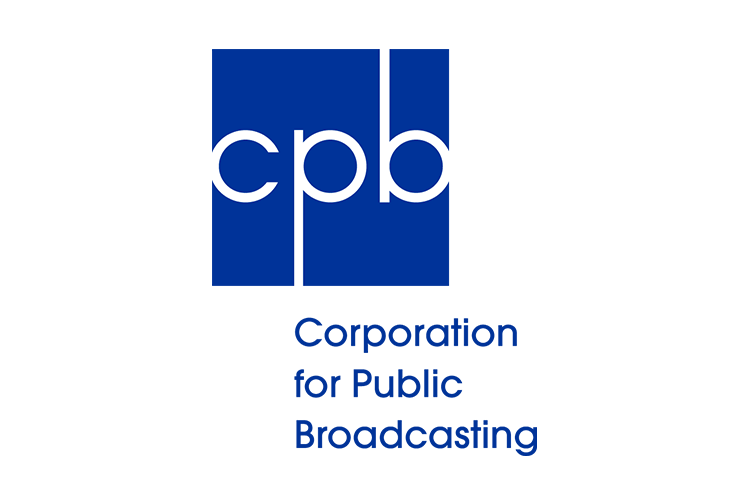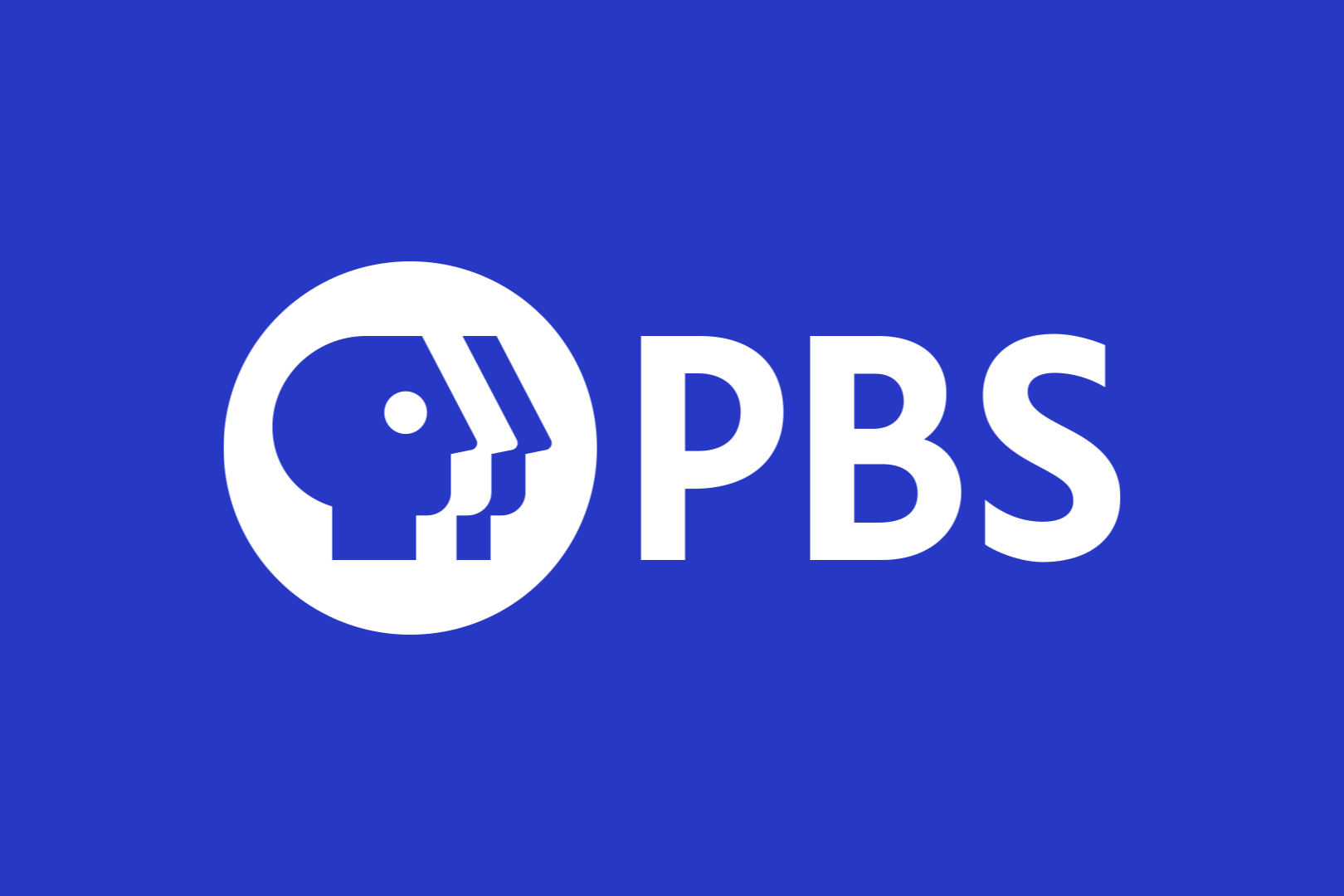Public media addresses hate crimes against Asian-Americans
12 July 2021
PBS responds to rise in hate crimes with range of content to bring Americans together.
The number of hate crimes against Asian-Americans in the US has risen at an alarming rate over the past year, with data revealing an increase of almost 150% in 16 cities from 2019 to 2020. Many reports suggest that these attacks – both verbal and physical – can be largely linked to rhetoric that pins the blame of spreading COVID-19 on Asian communities.
In May, US President Joe Biden signed a law to address the growing number of hate crimes, including against Asian-Americans. But while legislation can make great strides in preventing xenophobic behaviour, PBS has also proactively responded to growing anti-Asian-American sentiments by offering a comprehensive range of programming to address the hate incidents.
The new and rebroadcast content includes local and national news coverage, documentary series and educational materials ‘that provide history, depth and context’ to help audiences better understand the challenges facing, and history of, Asian-American communities.
Following the shootings in Atlanta on 16 March, in which six out of eight victims were Asian women, PBS partnered with the Corporation for Public Broadcasting (CPB)-supported Center for Asian American Media (CAAM) and WORLD Channel to host a Facebook Live conversation to explore ‘The Roots of Anti-Asian Hate in America’. PBS Digital Studios partnered with CAAM again during Asian-American and Pacific History month in May to offer a miniseries on YouTube channel ‘PBS Voices’ about Asian American history.
Coverage on news and current affairs programme, PBS NewsHour, has featured in-depth interviews with Asian-Americans to explore the impact on their communities and capture how they are coming together during a time of crisis. Meanwhile, PBS LearningMedia is offering a five-hour film series, ‘Asian Americans’, with a collection of short, informative videos, which ‘cast a new lens on U.S. history and the ongoing role that Asian Americans have played in shaping the nation’s story.’ Lesson plans for teachers have also been created to accompany the series. As Sylvia Bugg, PBS Chief Programme Executive and General Manager, emphasised in an interview, PBS aims to maintain their coverage of social issues – not just during heightened moments, crises or history months.
As a public media organisation, PBS has a vital role to play in using its large reach and scale to foster social cohesion and understanding within communities, especially at a time when America has not only become increasingly diverse, but also divided. Analysis by Reuters of former President Donald Trump’s legacy suggests that Americans may have become ‘more politically and culturally estranged from each other than they were when he took office.’
The new and re-broadcast Asian-American programming is part of PBS’ ongoing efforts to improve its approach to diversity and representation, by providing increased coverage of – and more opportunities for – underrepresented and indigenous communities to engage with public media.
The Public Broadcasting Service (PBS) is a member of the Public Media Alliance.
Related Posts
16th April 2021
CPB Announces Distribution Plan for American Rescue Plan Act Funds
The Corporation for Public Broadcasting…


